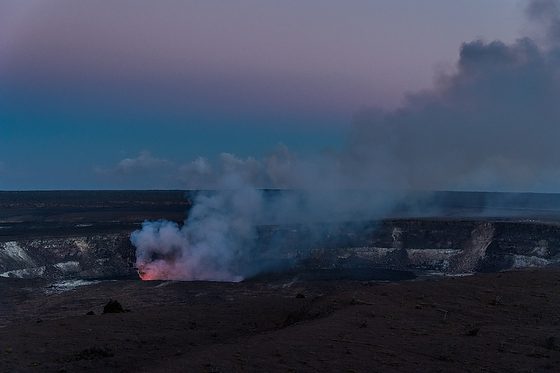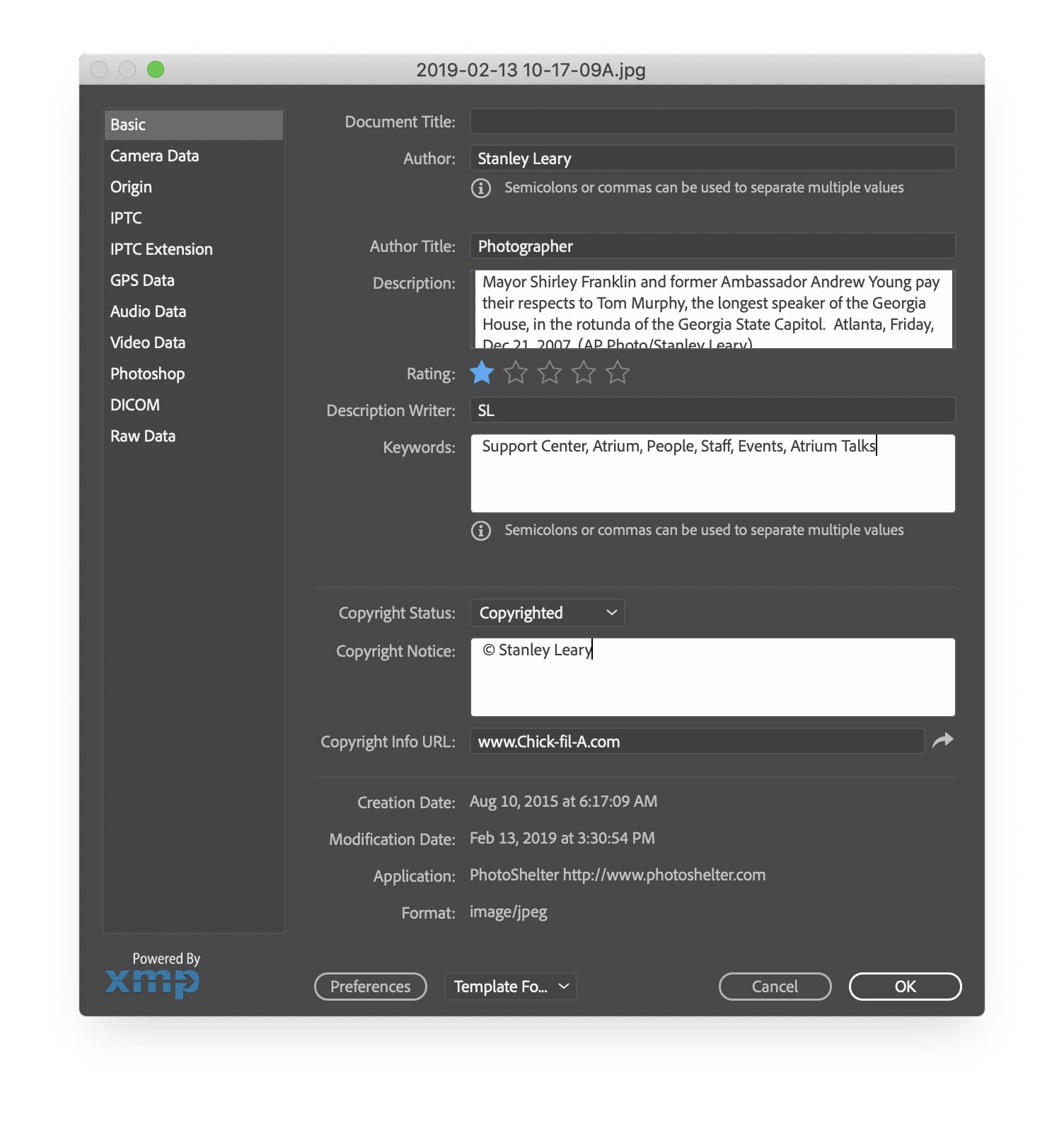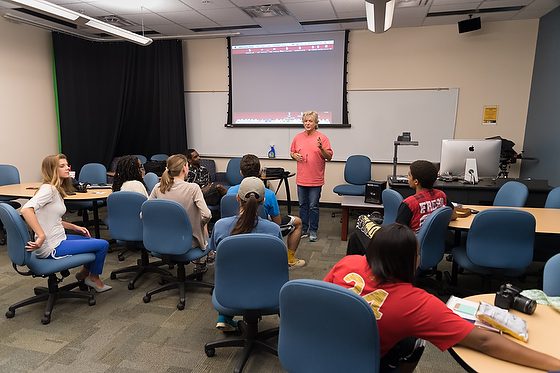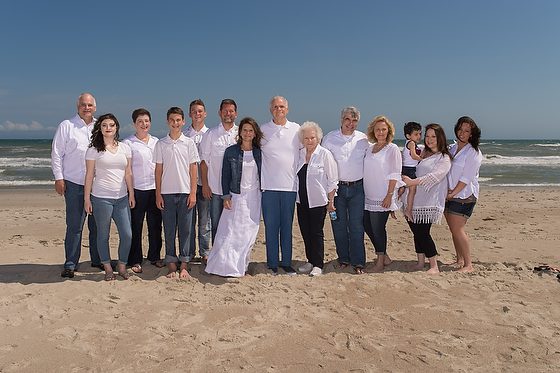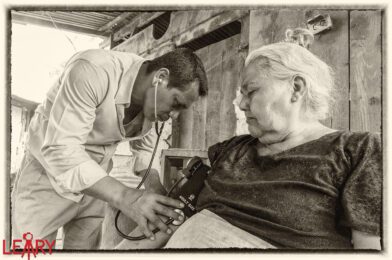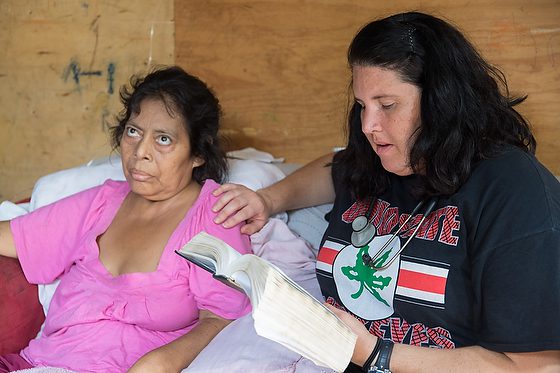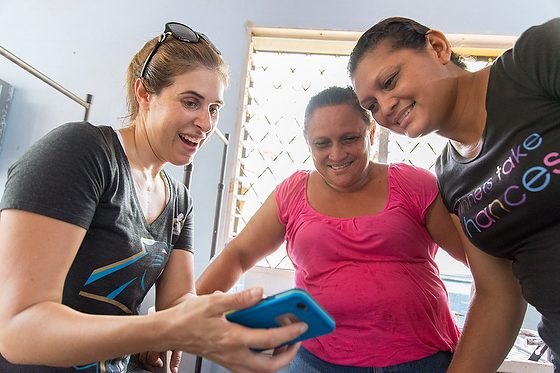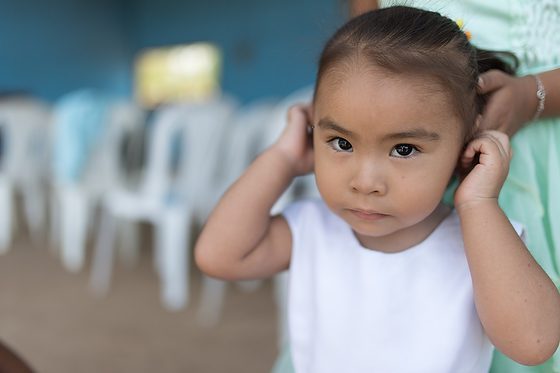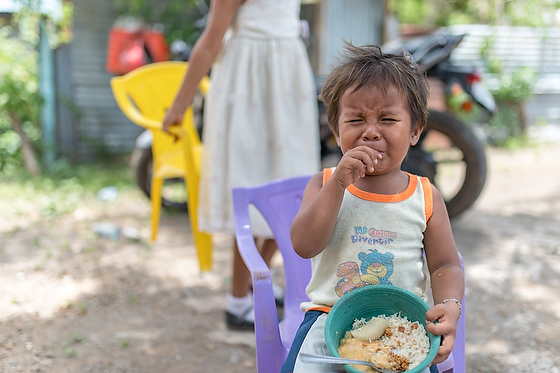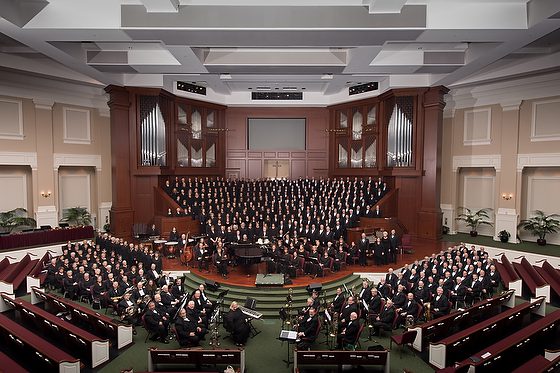| Nikon D5, AF-S NIKKOR 28-300mm f/3.5-5.6G ED VR, ISO 4000, ƒ/5.6, 1/500 |
While shooting my photos of the Kilauea Volcano in the Hawaiian Volcano National park, you cannot help but notice everyone else taking pictures.
 |
| Nikon D5, AF-S NIKKOR 28-300mm f/3.5-5.6G ED VR, ISO 100, ƒ/5, 1/500 |
One family was doing this in the traditional way of having a stranger use their camera/smartphone to take photos.
 |
| Nikon D5, AF-S NIKKOR 28-300mm f/3.5-5.6G ED VR, ISO 100, ƒ/5. 1/1000 |
The other thing we saw a lot of was the selfie sticks.
 |
| Nikon D5, AF-S NIKKOR 28-300mm f/3.5-5.6G ED VR, ISO 110, ƒ/11, 1/100 |
Now, if you had a real camera, you most likely have a lens that will get you and your friends into the photo without a selfie stick.
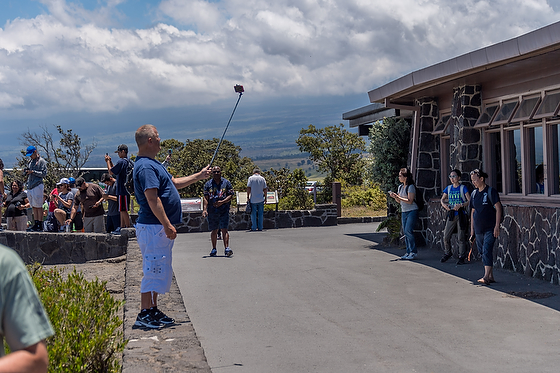 |
| Nikon D5, AF-S NIKKOR 28-300mm f/3.5-5.6G ED VR, ISO 100, ƒ/5, 1/640 |
I was watching these three ladies in the shade, and just a second ago, they were taking photos of the volcano away from them. But they couldn’t see their screens in the sun, so they backed up to get the picture.
The downside is that the only way people get close-up shots is to zoom in.
When you zoom in on your smartphone, you are not zooming; you are cropping in on the image and now shooting a more pixelated version. As long as it looks good on the phone, you are OK as long as everyone sees it on the phone, but if people see it on their computer monitor or even large screen TV, it will not look so good.
 |
| Nikon D5, AF-S NIKKOR 28-300mm f/3.5-5.6G ED VR, ISO 32000, ƒ/3.5, 1/500 |
While the guy has a camera with a zoom, the lady has an auxiliary lens she puts onto her photo to help her get closer without cropping. She is doing the same thing as a person with an interchangeable lens. She put another lens on her camera phone to get closer.
 |
| Nikon D5, AF-S NIKKOR 28-300mm f/3.5-5.6G ED VR, ISO 65535, ƒ/3.5, 1/160 |
Many of these camera phones do a great job. This photo here of Akaka falls with my DROID TURBO by Motorola. It is a 16-megapixel camera that does well.
Now here is the same shot with my Nikon D5.
 |
| Nikon D5, AF-S NIKKOR 28-300mm f/3.5-5.6G ED VR, ISO 100, ƒ/5, 1/400 |
Basically, in good sunlight, smartphones do a great job.
Now the tip I would like to share with you is that if you can fill the frame of your smartphone without cropping, then most of the latest and greatest smartphones do an excellent job in sunlight. Once-in-a-lifetime events require a camera with a zoom. So you will get better photos that you can see on other devices and even make wall prints with excellent results.
Now one final tip. Even if you have the right gear, don’t walk backward to stand in the shade so you can see your monitor. Instead, take your second hand and create the shade to see your screen.

